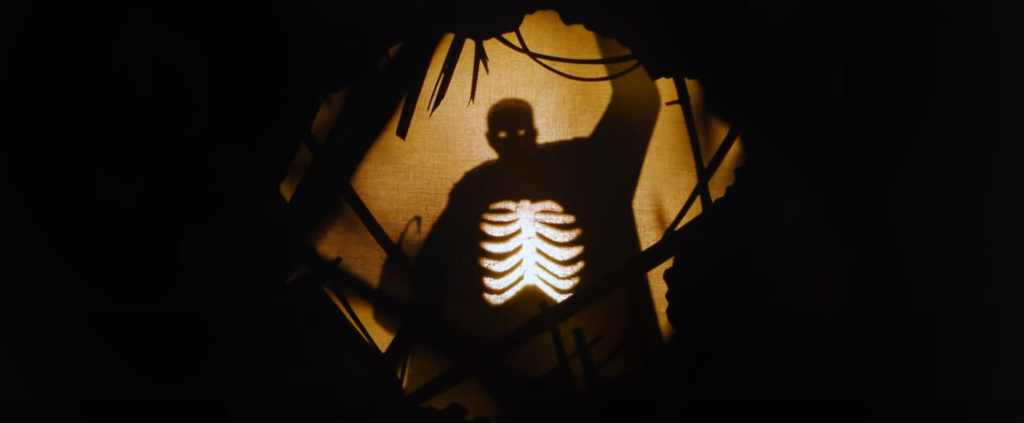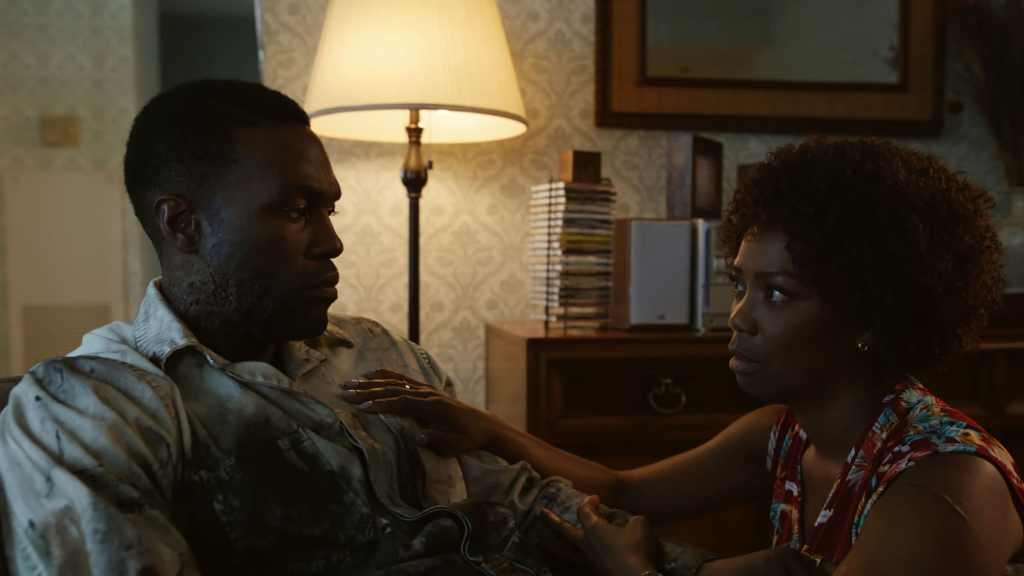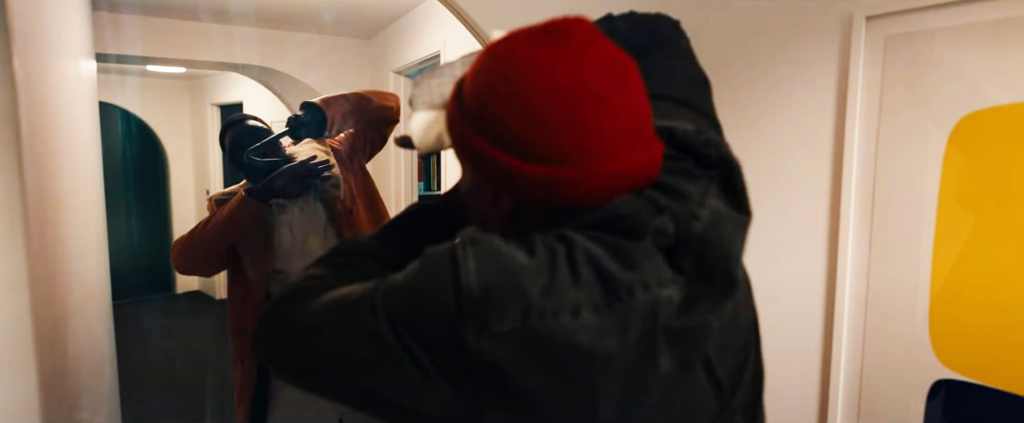
- POPSUGAR Australia
- Celebrity
- Candyman Isn't Just a Good Horror Movie; It Might Be the Golden Standard For Sequels
Candyman Isn't Just a Good Horror Movie; It Might Be the Golden Standard For Sequels

I consider 1992’s Candyman to be the film that renewed my love of the horror genre, so I had extremely high expectations for Nia DaCosta and Jordan Peele’s sequel of the same name. Much like 2018’s Halloween, 2021’s Candyman is a sequel that more than lives up to the hype. With a stellar cast – including Yahya Abdul-Mateen II, Teyonah Parris, and Colman Domingo – and creative team, I would go so far as to say that Candyman should be the golden standard other sequels need to emulate.
The film, which premiered on Aug. 27, follows struggling artist Anthony McCoy (Abdul-Mateen II) as he becomes wholly consumed by the legend of Candyman. Influenced by the stories of laundromat owner William Burke (Domingo), Anthony’s world begins to crumble as his girlfriend, Brianna Cartwright (Parris), starts to worry something supernatural is at work. Picking up 27 years after the events of the original, Candyman builds upon the world created by Bernard Rose and inspired by Clive Barker. If the original is an icon of the slasher genre, then this sequel is a worthy successor. Just in case my glowing recommendation isn’t enough to convince you to watch, ahead are three of the biggest reasons – including its clever connections to the original.
It Expands Upon the Candyman Legend
The original Candyman from 1992 shares the story of Daniel Robitaille, who was murdered after falling in love with the white daughter of a wealthy landowner, and establishes him as the one and only Candyman. As part of the 2021 version, we learn that this is no longer true. Instead, as Domingo’s William Burke shares, “Candyman ain’t a ‘he,’ Candyman is the whole damn hive.”
After Daniel’s murder in the 1890s, there is the lynching of William Bell in the 1920s. This version of Candyman is followed by Samuel Evans, who died during the riots of the 1950s. Finally, there is Sherman Fields, a friendly man with a hook for a hand who gave out candy to the kids of Cabrini-Green who is eventually beaten to death by the police for a crime he didn’t commit in 1977. It’s this final Candyman that brings William Burke into the story, as he is the one who alerts the police to Sherman’s location and continues the cycle of violence for Abdul-Mateen II’s Anthony. By expanding upon the legend and lore, it gives a place for the story to go without having to completely retread what’s already been done.
It Features Characters From the Original
While Virginia Madsen’s Helen Lyle doesn’t make a physical appearance, the presence of the original film’s protagonist is felt throughout Candyman. When Anthony, who is the same baby Helen saves at the end of the first film, finds out about Candyman, it’s through the urban legend of Helen. Instead of learning how Candyman claimed her as a victim, he’s led to believe she merely snapped and that’s what caused the events in 1992. At the time, he doesn’t even know he’s the baby Helen allegedly stole.
While Anthony tries to uncover more information about the legend, Madsen’s voice can be heard as she explains her research. It’s not until Anthony meets with his mother, Anne-Marie, once again portrayed by Vanessa Williams, that he finds out his true ties to Candyman. However, learning about his past isn’t enough to save Anthony from his fate as one of Candyman’s victims. Once Anthony’s Candyman takes his revenge on the cops who killed him, he transforms into the original Candyman as played by a digitally aged-down Tony Todd.
Including Madsen, Todd, and Williams was a great way to show admiration for what the first film did while building upon the already iconic story. It was a stroke of genius to make a grown-up baby Anthony the lead in order to show that just because you survived one horror film, it doesn’t mean you’ll survive the next. It’s also a great example of fan service done right as it utilises the characters in a way that makes sense and isn’t out of character, which is often the downfall of years-later sequels.
It Puts Candyman Front and Center
Although titled Candyman, the 1992 film really focuses on Helen and her journey to uncover the urban legend. The latest addition to the franchise makes Helen a footnote to Candyman’s overall legend and puts the focus back on the supernatural entity. It also continues to play with the themes of racism and classism seen in the first film by making the lead a Black artist in a recently gentrified area of Chicago versus a white grad student encroaching upon an urban housing project.
“The film is really about how storytelling is used around these horrific events, to either help process or to campaign or to create a martyr out of people who ended up leaving us too soon through these terrible acts of racial violence,” director DaCosta told Collider. “You have to balance with the real world themes that we’re talking about. For me, it was just that I really care a lot about those things and I care about portraying them in the right way.”





